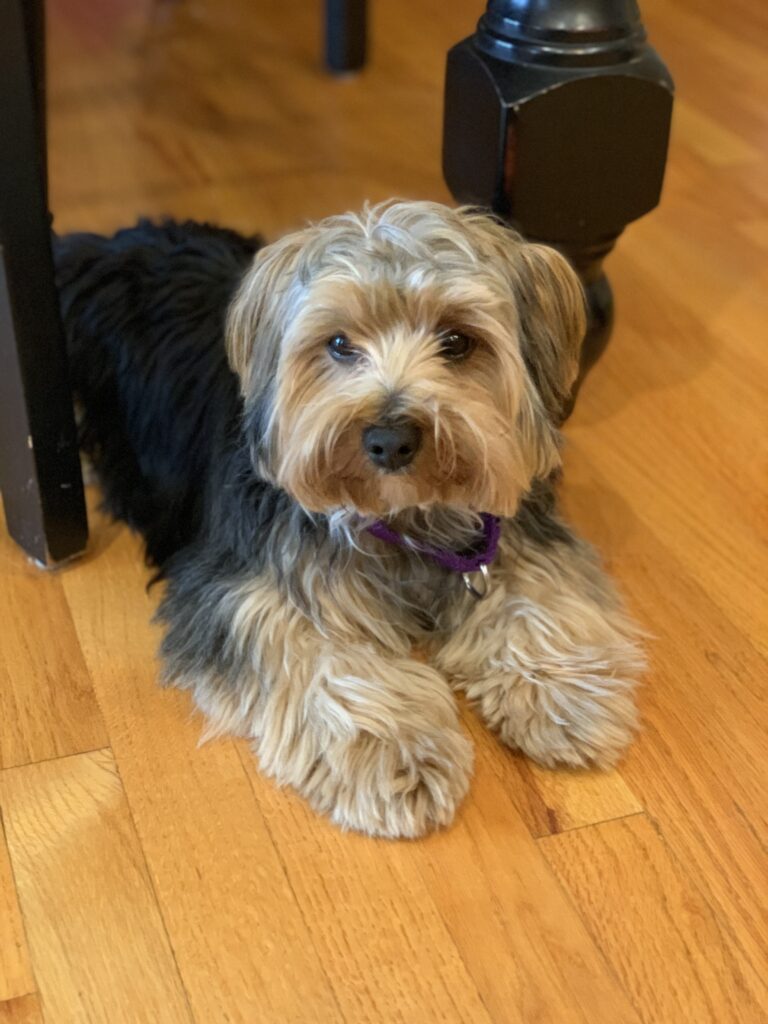Knowing your dog is the key to dog training. This is the problem with dog training books, videos, obedience classes and most general dog training advice (including mine). In other words, your dog is not exactly like my dog or any other dog. Yes, as canines they share common traits and behaviors. However, for effective dog training commands, you must understand their temperament, likes and disposition.
If you watch popular dog training TV shows, you will see a variety of methods that appear to effortlessly achieve the training goals that you desire. As an example, I once watched a dog training show on the Animal Planet where the dog trainer corrected a dog from jumping by simply turning her back on the dog. I laughed hilariously and told one of my trainers about the show and all the poor dog owners that would probably become frustrated when it didn’t work for them. My trainer then admitted sheepishly that she had tried this tactic once after reading a popular dog training book and the result was that when she turned her back, the dog nipped her painfully on the butt.
So Much For General Advice For All Dogs
What a good professional dog trainer does is size up your dog intuitively. After you have worked with hundreds or perhaps thousands of dogs you come to understand their language and individual temperaments. As a dog owner, you too probably have come to know your dog very well. You know if:
- Your dog prefers chasing a ball to having a treat.
- He is high strung or mellow.
- Your dog trembles at the sound of you saying “NO” or would simply smirk and continue with whatever he chose.
Once you or the trainer knows your dog, then and only then can the proper method of training be implemented.
My Process As A Dog Trainer Near Warrenville
It is very common to enter a home and see a large stack of dog training books piled high upon a table. The owner will invariably exclaim that they have tried every conceivable method and nothing has worked. While at the owner’s home, I:
- Nod understandably and proceed to learn about their dog.
- Watch their dog’s reactions to subtle things I do.
- Walk the dog and observe it’s interest in the surroundings, other animals and me.
I often deliberately stress the dog to judge its dominance or lack thereof. When I know the dog, I can effectively and effortlessly train the dog and most importantly guide you in what will work for your situation.
So don’t blame yourself or especially your dog if the simplest commands appear to be rocket science. Remember that your dog is a living creature with individual traits. Invest the time in learning your dog and using that knowledge to shape their behavior. There is no magic bullet that works with every dog. Think instead of having a quiver of arrows and your task is simply finding the right one to get to the heart of the issue. That’s what a professional, experienced dog trainer does….and it works.

